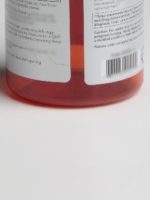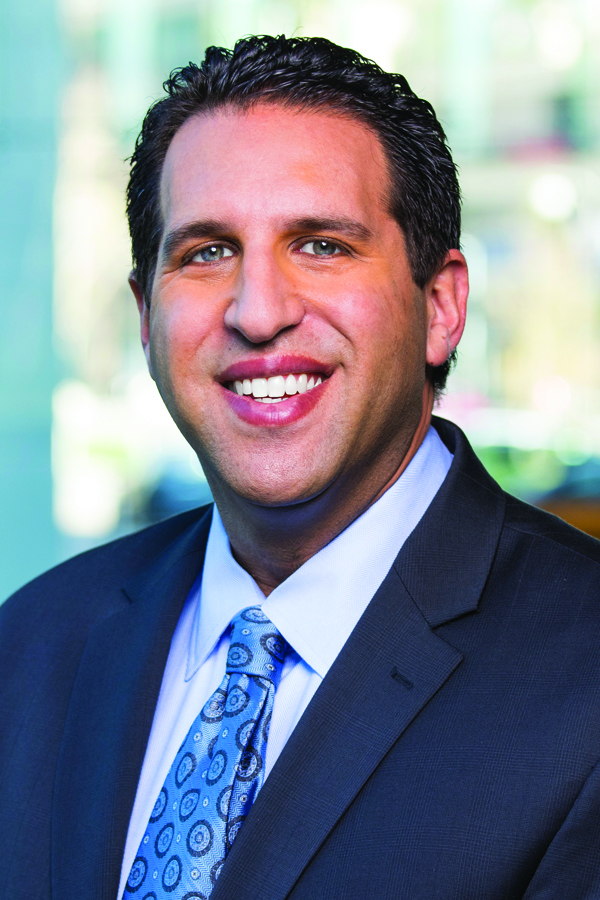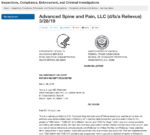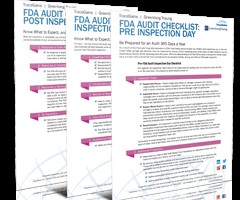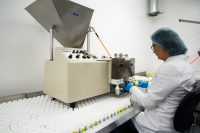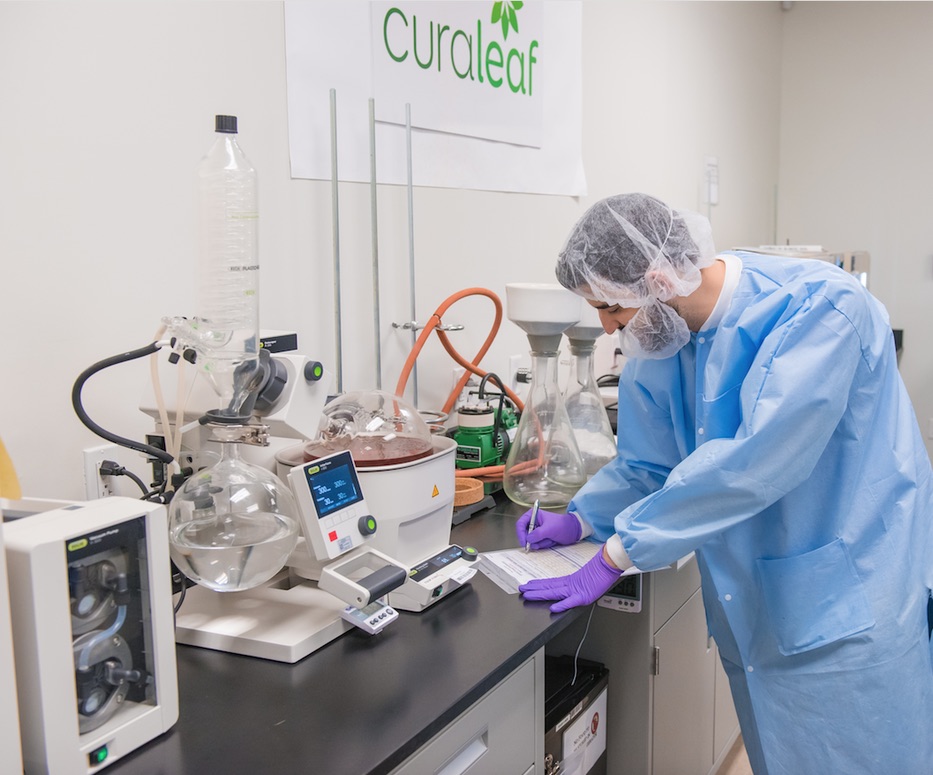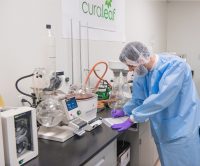Cannabis manufacturers and consumers are currently in a honeymoon phase. Consumers love their CBD gummies and believe wholeheartedly in the benefits of cannabis-related products. But it is only a matter of time before industrious plaintiffs’ lawyers take a close look at ways to attack manufacturers. We know from other industries that product labels tend to be the entry point for plaintiff lawyers eyeing manufacturers and looking for easy targets. Any company in the business of manufacturing cannabis-related products needs to devote significant time and resources to developing labels that minimize the risk of bet-the-company litigation down the road. Most notably, manufacturers need to think through whether there are any adverse effects associated with their products of which consumers should be aware. Also, manufacturers must scrutinize any “all natural” or “organic” claims on their labels to ensure that they are not misleading consumers.
Failure to Warn of Potential Detrimental Effects
Most manufacturers are well aware of state mandated labels for cannabis products. And, based on the recent FDA public hearing on cannabis, the industry will likely see FDA labeling requirements in the near future. However, simply complying with these requirements does not insulate a manufacturer from litigation, particularly failure to warn claims. One example, dating back to the 1970s, relates to OSHA’s regulation of asbestos-containing products as it became more and more clear that certain types of asbestos could cause a rare form of cancer, mesothelioma. Among other things, OSHA required manufacturers of asbestos-containing products to add a warning to all packaging. The mandated warning included very specific language. Manufacturers largely complied and added the OSHA-mandated label to their product packaging.
 Fast-forward 40 years and today, several of those manufacturers are now bankrupt due to litigation based on their alleged failure to warn consumers that asbestos can cause cancer. Plaintiffs have been successful in bringing these claims because the OSHA label only warned that asbestos could cause harm, but it did not mention the word cancer. Some juries have found that the language in the warning was not sufficient to caution end users of the increased risk of developing cancer. While there have also been numerous defense verdicts in asbestos litigation and many asbestos-related cases lack merit – especially against certain defendants – the plaintiffs’ verdicts and legal fees to defend these cases are staggering. Recent plaintiffs’ verdicts have ranged from $20 to $70 million.
Fast-forward 40 years and today, several of those manufacturers are now bankrupt due to litigation based on their alleged failure to warn consumers that asbestos can cause cancer. Plaintiffs have been successful in bringing these claims because the OSHA label only warned that asbestos could cause harm, but it did not mention the word cancer. Some juries have found that the language in the warning was not sufficient to caution end users of the increased risk of developing cancer. While there have also been numerous defense verdicts in asbestos litigation and many asbestos-related cases lack merit – especially against certain defendants – the plaintiffs’ verdicts and legal fees to defend these cases are staggering. Recent plaintiffs’ verdicts have ranged from $20 to $70 million.
Of course, asbestos is an extreme example since CBD has not been associated with an increased risk of developing cancer. But there are other health concerns that manufacturers should consider. For instance, one group of doctors claim to have linked consuming cannabis before the age of twenty-five to development delays. Another study purports to link cannabis consumption to increased risk of premature birth. If there are legitimate studies underpinning these concerns, manufacturers can become the target of potential lawsuits. Beware that when plaintiff law firms find a manufacturer to target, they often file thousands of cases around the country – not just one. Even if the claims are entirely bogus, the legal fees to merely defend these cases are crippling and can lead to a swift bankruptcy.
While there are risks involved with failing to warn consumers of possible adverse effects of a product, manufacturers should not try to mention every alleged adverse effect on its labels. Rather, manufacturers must do their due diligence and investigate whether claimed adverse effects are legitimate, then warn of those that appear to be based on valid scientific studies. Each manufacturer’s research department should assess the credibility of any study linking cannabis use to an adverse health effect and have a candid discussion with their attorneys on whether a warning is warranted. Do not fear lawsuits, they are unavoidable. Rather, work toward ensuring that the company and product(s) have a strong, defensible warning in the event litigation arises.
Questionable “All Natural” and “Organic” Claims
It seems like every CBD product on the market has an “all natural” or “organic” claim on the label. If the product is truly organic, fantastic. Flaunt that organic label. But several food companies have landed in hot water with these labels when there is a hidden ingredient that is not natural. What’s more, manufacturers have been sued when their product contain genetically modified organisms, or GMOs. These lawsuits come in the form of class actions at the state and federal level. Class action litigation is very expensive to defend. And they typically result in settlements for beaucoup bucks – typically multi-million-dollar settlements. Plaintiffs lawyers love these claims because their fees typically also end up in the millions. One example of this kind of class action is a case involving the well-known Kashi brand. Kashi was accused of misleading consumers by including the words “All Natural” on some of its products. Plaintiffs asserted that the products contained bio-engineered, artificial and synthetic ingredients. The class action was settled for $3.9 million.

How can all natural or organic claims lead to millions of dollars in damages? Here is an example of how these cases usually work: A group of consumers determine that an “all natural” product is not “all natural.” Let’s call this Product A and assume it sells for $5 per unit. The consumers then find a similar product that is not labeled “all natural.” That product is $2 per unit. The consumers argue that they overpaid for Product A by $3 per unit because they thought the product was all natural. Three dollars may not sound too bad, but if the class consists of two-million consumers, each entitled to $3, that’s a $6 million damages claim against a company. That does not count the hundreds of thousands of dollars that will be spent on legal fees defending the class action.
Cannabis manufacturers should not use all natural labels loosely and should consult with an attorney experienced in product labeling class actions to determine whether they should forgo these labels. The same is true for any labels that claim a product provides unique health benefits.
Key Takeaway
When manufacturers are excited about introducing a product to the market, trying to compete with other manufacturers and already dealing with miles of regulatory red tape, it may be tempting to avoid self-imposed labeling requirements. But to ensure their businesses are sustainable over the long-term, manufacturers need to take necessary steps now that will limit future litigation risk. The cost of taking preventative measures to develop a meaningful label is considerably less than the types of product labeling verdicts and settlements affecting other industries. Focus on warnings and the use of all natural labels as a starting point. Then speak with an attorney about the unique aspects of your product, potential adverse effects and the adequacy of your warning. We are here to help.






